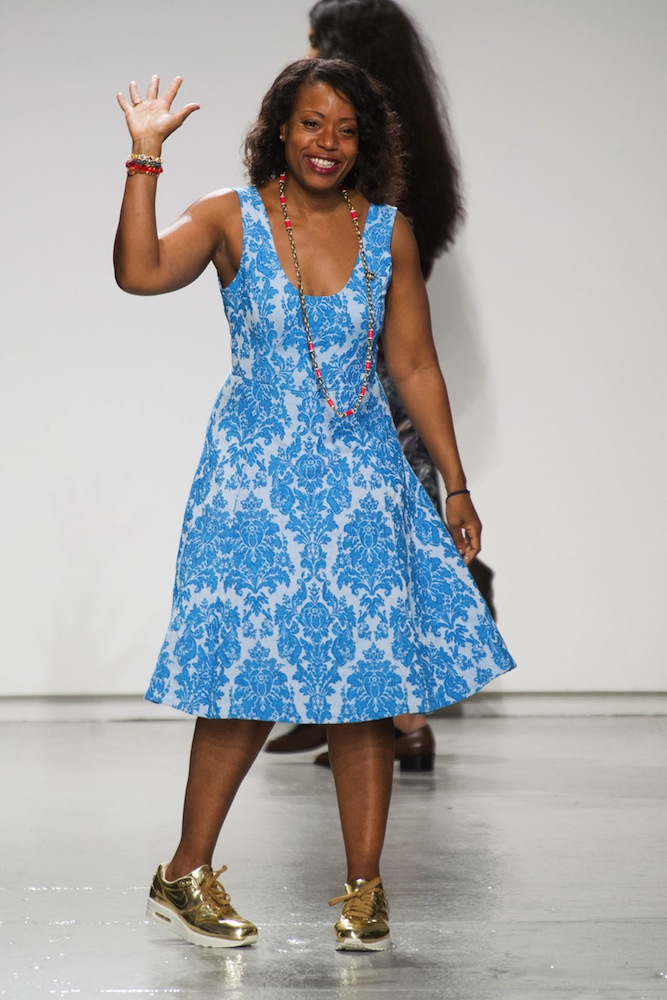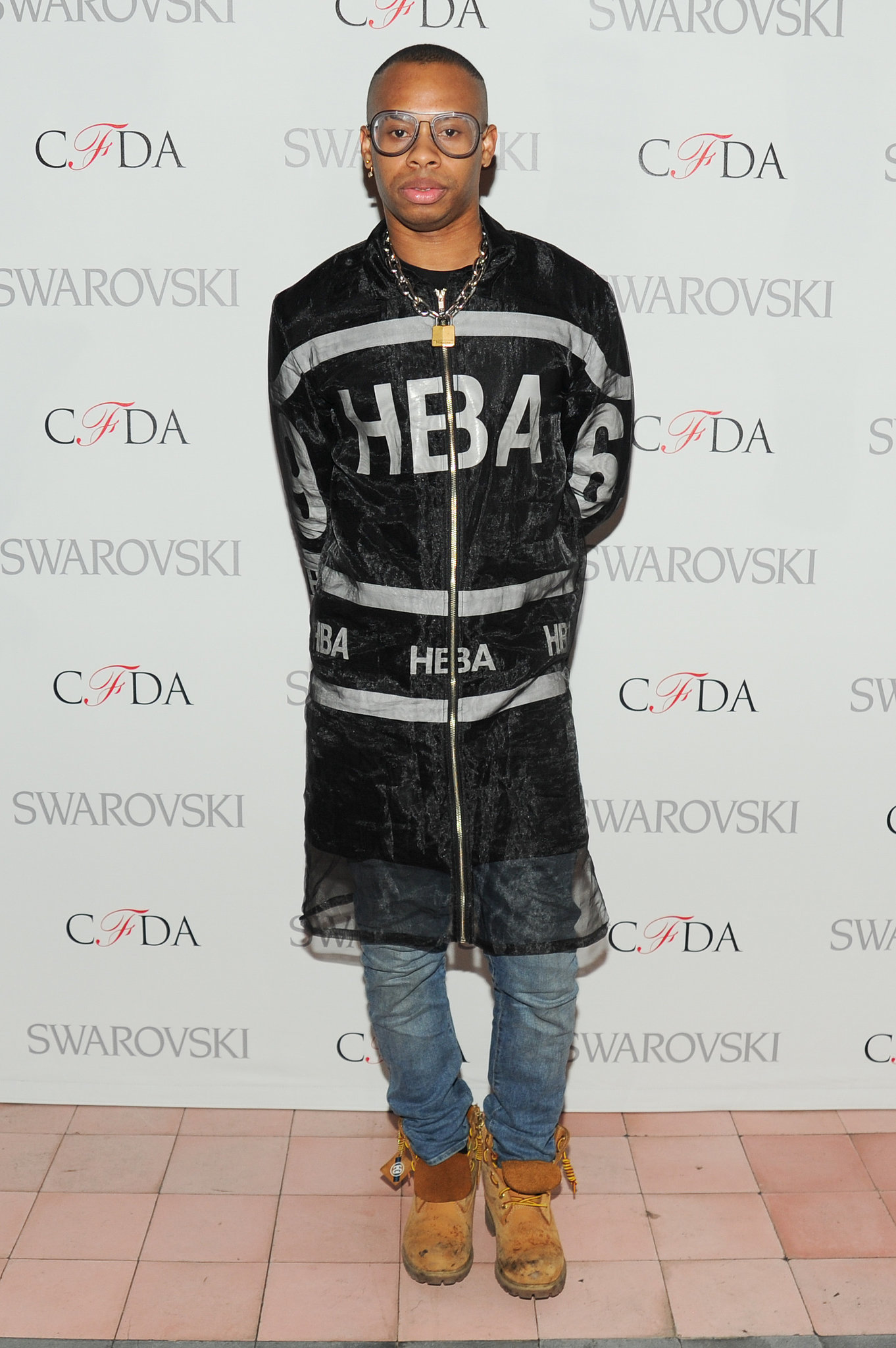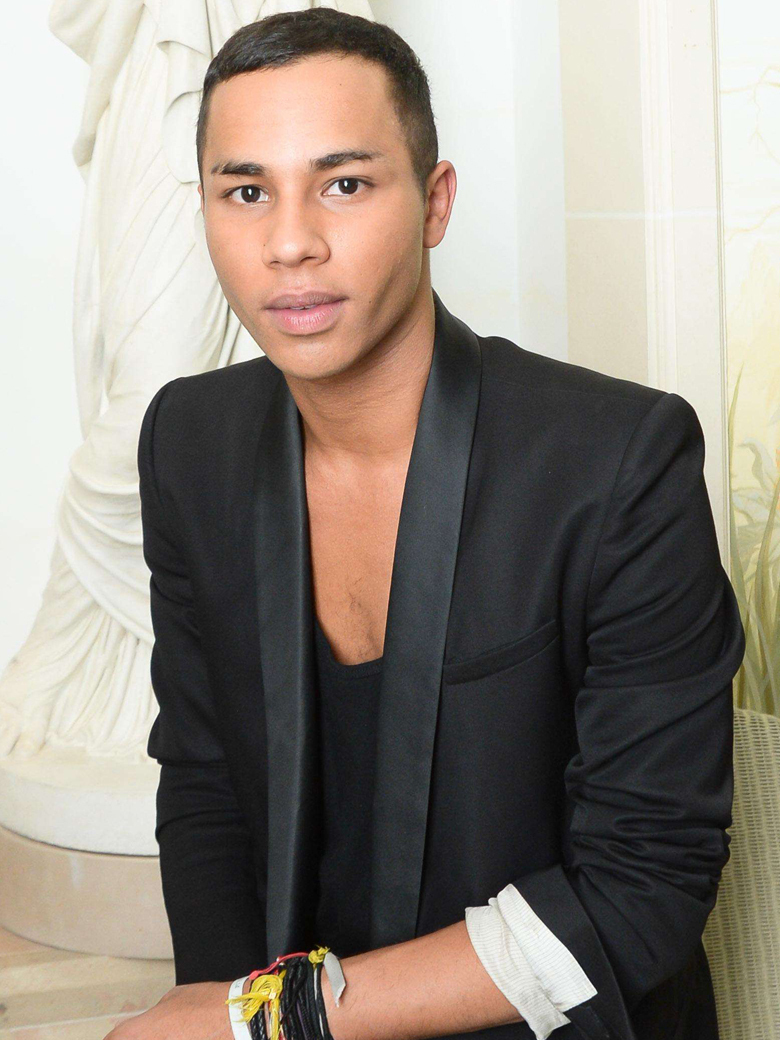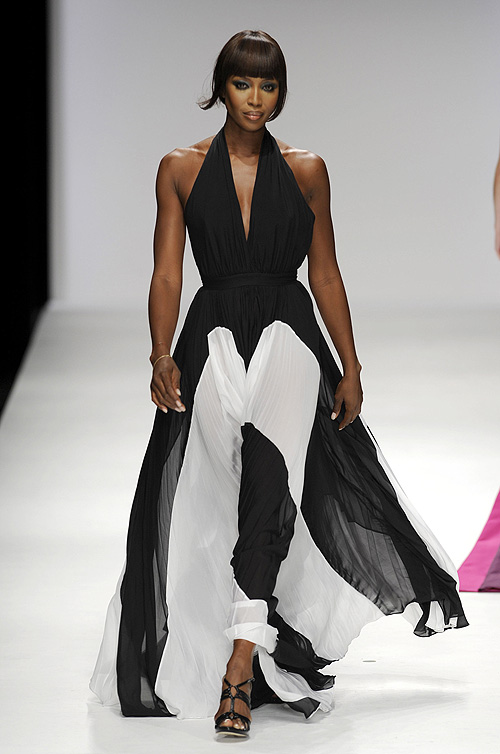From its inception in 2008, Street Etiquette has occupied an entirely new space in the fashion industry. Well groomed and well dressed black gentlemen had rarely been showcased, after all; the general consensus was that all we wore were baggy pants, hefty jewelry, and white tees. But, by creating unique and thought provoking editorials, such as Slumflower, where 18 black individuals dressed in tailored suits are juxtaposed with the backdrop of urban decay, SE has showcased the fashionable, multi-faceted black man in ways that not only raise important societal questions, but that are largely neglected by mainstream voices. Founded by Joshua Kissi and Travis Gumbs, Street Etiquette has changed the sartorial narrative surrounding black individuals.
In examining Street Etiquette and the scope of the business, I cannot definitively say that they are the only archetypes of fashion. I cannot confidently articulate my beliefs that they are the influencers who are going to change and improve the corrupt foundation of the fashion industry. The problems that have been prevalent since the 1990s--the lack of diversity and representation--are embedded in euro-centric beliefs that frankly have not changed. Street Etiquette has circumvented these predicaments by presenting new perspectives of the black experience that the industry currently lacks.
At the same time, though, what I have noticed is that black fashion in itself is an entire subculture of the fashion industry at large. It is as such because of this constant neglect and misrepresentation. Black fashion, whether it be through Tracy Reese's rise to prominence or through Shayne Oliver's immense impact on streetwear, has found a way to coexist and gain relevance in an adverse world. These individuals and their establishments may be black, but they represent the multicultural experiences that continue to be ignored. The black experience is not limited to high fashion and it is not bound by the parameters of hip hop culture. To discuss one archetype as a symbol of this fashion subculture is to suppress its vast history and influences.








